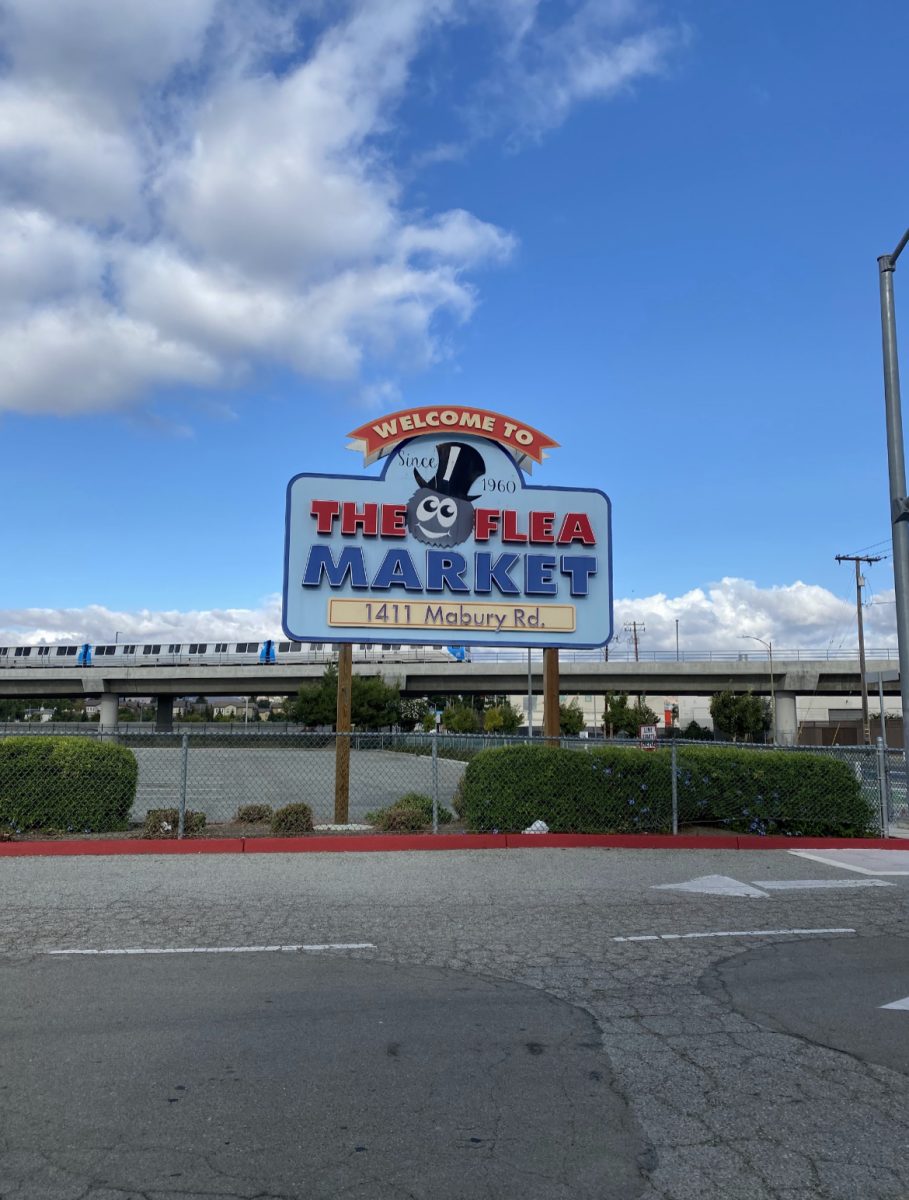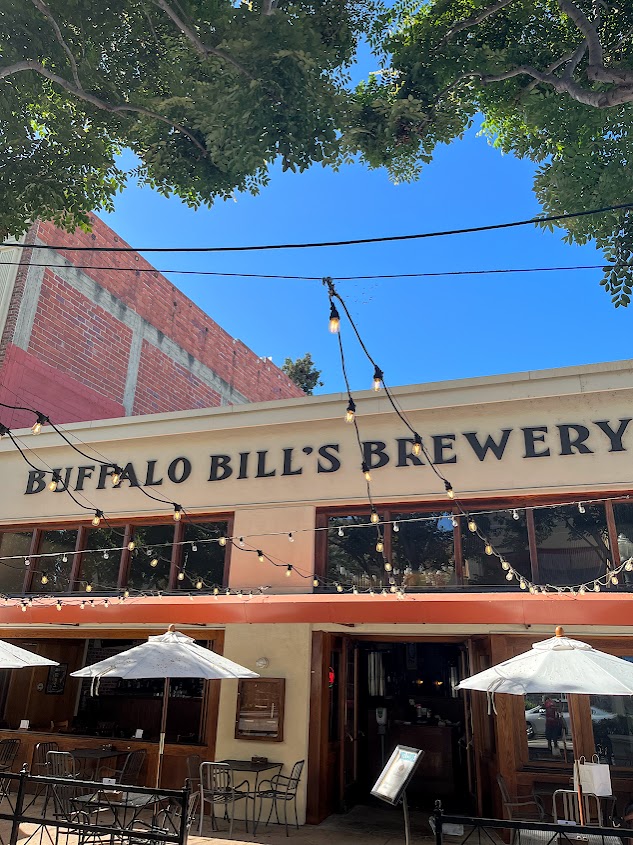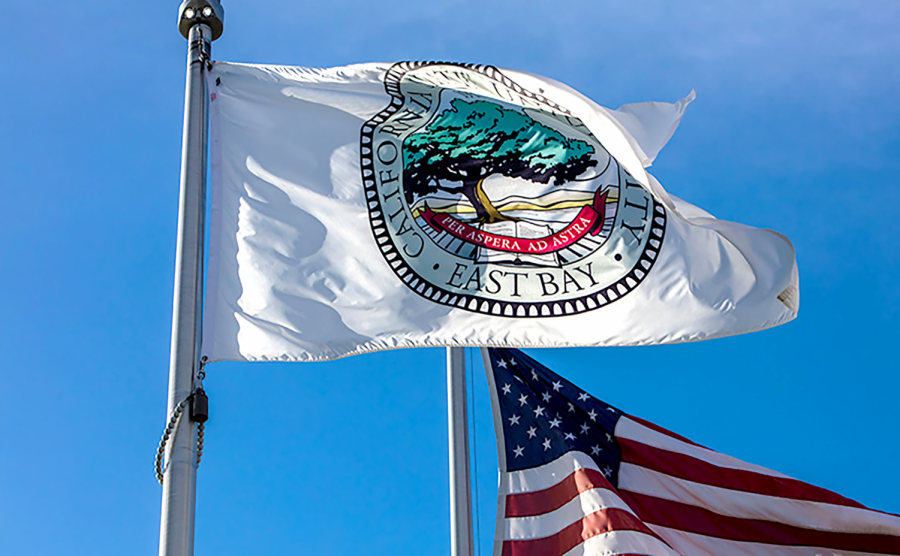A cool breeze blows across the Serpentine Prairie in Oakland, causing the expanse of grasslands to sway and flatten like a breeze over water and making the calm wind visible.
Hikers meander down the gravel path in the heart of the Oakland hills, taking in the flora, fauna and geology of the ancient land.
The Serpentine Prairie is a small expanse of grasslands that once covered much of the state of California.
Its main draw today is its large collection of native plants and the geology it offers viewers.
“No site of comparable size in California has more native perennial grasses than the Prairie, said Michael Charnofsky, East Bay Regional Parks naturalist and native plant enthusiast. “There are 17 native species and at least one natural hybrid.”
Though the Serpentine Prairie holds a great deal of California’s wildlife, it has witnessed some deterioration over time.
Throughout the years, lax hiking restrictions and no barriers allowed hikers to unfortunately create their own path through the grasses. This caused a surge of growth in exotic annuals—plants that have a one-year lifecycle versus a perennial, which lives three to five years—that benefited from such things like dog urine.
East Bay Regional Parks, who manages the prairie, set out to try and restore some of the natural beauty lost by the years of no restrictions.
They first started by removing non-native trees and placing fences up in the most damaged areas to allow them time to recover. They also engage in “mowings” on certain parts to favor native plants and wildflowers instead of invasive plants.
Charnofsky said serpentine, the California state rock, is very low in essential nutrients and calcium and could potentially pose a great threat to native plants.
“[The rock] creates a harsh soil that many native plants cannot survive in,” said Charnofsky.
In prehistoric times, the grasslands were once home to herds of horses, bison, camel, mammoth and elk. Today, the grasses provide home to many species of birds, insects and small mammals.
The prairie formed from underlying substrate and hill structure, composed of sandstone and serpentine.
Regional park staff say they have seen an improvement since they began their efforts to revitalize the prairie and feel that restoring its natural beauty is important.
“The Serpentine Grasslands account[s] for only 1.5 percent of California hold and [an] amazing 13 percent of the states endemic species,” said Charnofsky. “That’s why it’s important visitors help protect the prairie by staying on paths, picking up after [their] dogs and supporting organizations like California Native Grasslands.”
The unique species and native plants that grow in the Serpentine Prairie attract visitors from all over the Bay Area.
“The last time I was there we watched a red tail hawk feeding and saw Western fence lizards while hiking,” said Shirley Knight, interpretive student aide with regional parks. “The fact that you are able to see something so close to its natural state and all the species you can see inhabiting the area is amazing.”












